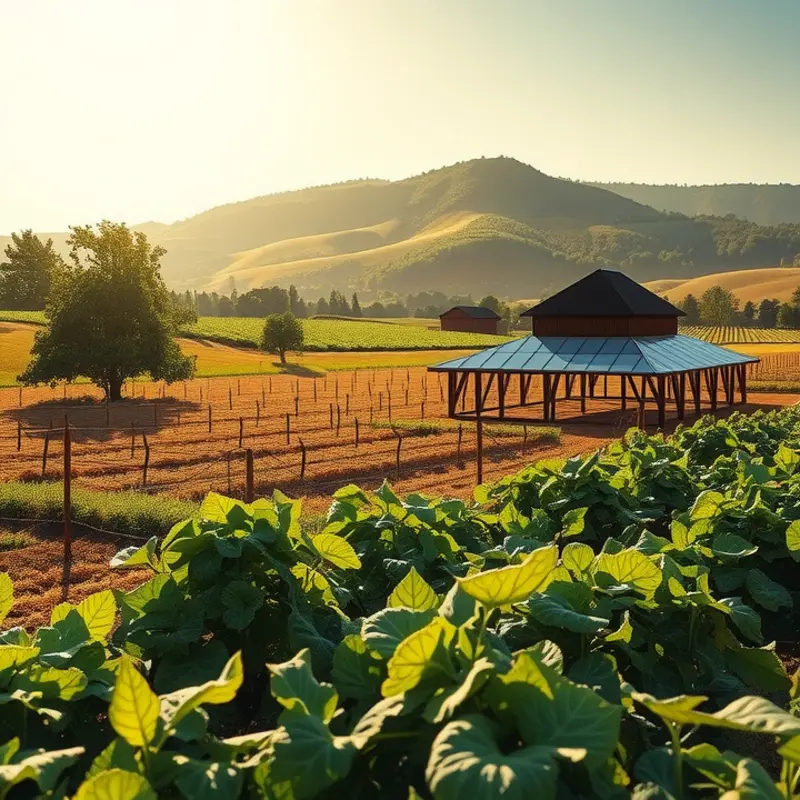Food waste has become a pressing issue, affecting our environment and our wallets. By understanding how to manage food efficiently, you can significantly reduce waste at home. This guide offers essential tips for conducting a food waste audit and enhancing your food storage practices. Together, we can learn to value our food and make the most of every ingredient.
Assessing Your Current Food Waste

Conducting a thorough assessment of your current food waste habits is the first step towards minimizing waste and optimizing storage. This exercise not only highlights what types of food frequently go to waste, but also sheds light on underlying habits that contribute to wastage. Identifying these trends can lead to actionable steps in reducing food waste at home.
Begin by tracking waste for one week, noting down every item of food you dispose of. Keep a simple log, either digitally or on paper, including details such as the food type, quantity, and the date it was discarded. This initial step allows you to build a clear picture of your household’s baseline waste habits.
Next, categorize the waste into various groups. Consider sorting discarded items into categories like fruits, vegetables, grains, proteins, dairy, and leftovers. Further division is possible if you frequently discard specific subcategories, such as leafy greens or citrus fruits. This categorization helps identify which food groups are most prone to wastage, enabling targeted strategies for improvement.
Analyze the reasons behind each discarded item. Was it expired, forgotten at the back of the fridge, or simply not appealing to eat? This analysis is crucial for understanding not just what is being wasted, but why. An expired item may indicate a need for more vigilant consumption tracking, while forgotten items might suggest that storage and visibility in your fridge need improvement. Contrast this with foods that spoil before consumption—this suggests a need to reconsider portion sizes or shopping frequency.
By examining the data, you can identify patterns in your food waste, which will offer insights into habitual oversights. Recurrent items in your waste suggest learning opportunities. For instance, if fresh produce frequently goes bad, you might be purchasing more than needed or not utilizing them in time. Exploring alternate ways of preserving foods, like freezing or using them in versatile recipes, can be beneficial.
This assessment phase not only guides immediate actions but is also insightful for long-term behavior adjustments. Learning how to effectively store foods can reduce waste significantly. For related tips on eco-smart kitchen storage, check out this guide.
The key is to use the information from your audit to inform future decisions. Plan meals more effectively based on what you actually consume and adjust your shopping list accordingly to avoid over-purchasing. These improvements will ultimately turn your assessment into a stepping stone towards a more sustainable and economical kitchen routine.
Optimizing Food Storage Techniques

Proper food storage is crucial for maintaining freshness and minimizing waste. Knowing where and how to store each type of food is your first step towards efficient storage. Refrigeration is generally ideal for fruits and vegetables, but remember that different items have specific needs. Leafy greens, like spinach and lettuce, benefit from a crisper drawer, while tomatoes prefer room temperature until ripe, to preserve flavor and texture.
For grains, a cool, dry place is indispensable. Airtight containers help protect against moisture and pests, which can rapidly ruin stored items. Invest in quality containers that seal tightly; this simple step dramatically extends the shelf life of pasta, rice, and other dry goods.
Implementing a system of labeling and dating is another key tactic. By clearly marking each item with its purchase or cooking date, you ensure visibility of what needs to be consumed first. This labeling practice paired with First In, First Out (FIFO) makes organized storage and efficient usage second nature. Always place newer items behind older ones in your pantry and fridge, so nothing gets forgotten and spoils.
Creating a habit of regularly checking your inventory is essential. Set aside a day each week to go through the contents of your fridge, freezer, and pantry. Noticing what you have not only prevents waste but could also inspire your meal planning as you find creative ways to use everything you have.
These optimized food storage techniques do more than just save ingredients from ending up in the trash. This approach ultimately saves money and reduces your household’s environmental impact. For more insights into effective storage practices and how they relate to environmentally friendly kitchens, visit eco-smart kitchen storage. Adopting these habits is a significant stride towards cultivating a sustainable lifestyle that respects both your budget and the environment.
Final words
By conducting a detailed food waste audit and optimizing your storage techniques, you take significant steps toward minimizing waste in your kitchen. Regular assessments and conscious food management practices not only help reduce waste but also create a more sustainable lifestyle. Remember, every small change matters! Be mindful of your food purchases, educate yourself on proper storage, and commit to choosing fresh produce that you will genuinely consume. Together, let’s make a positive impact on our communities and the environment.







